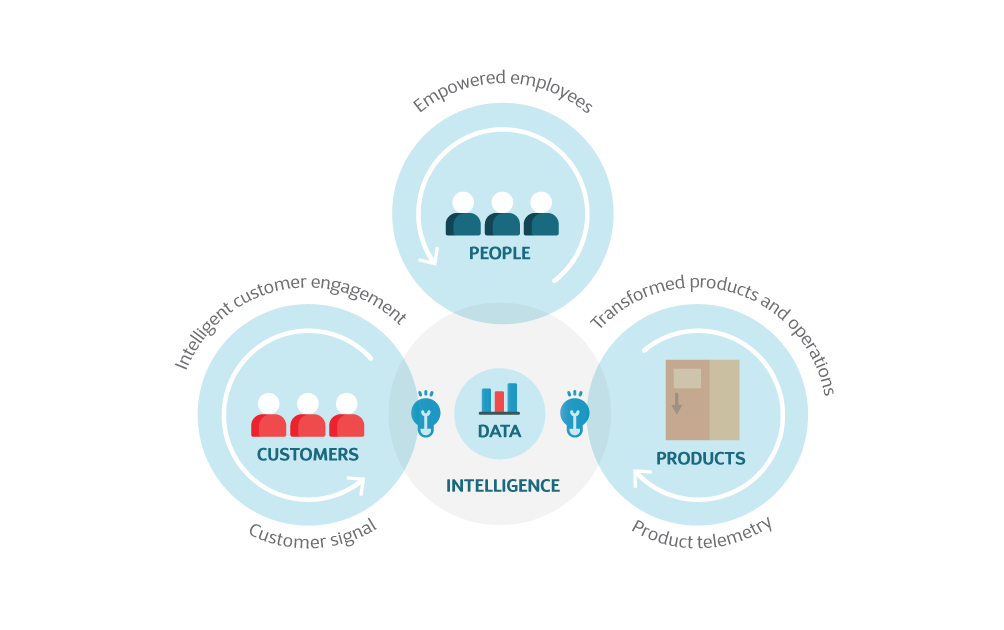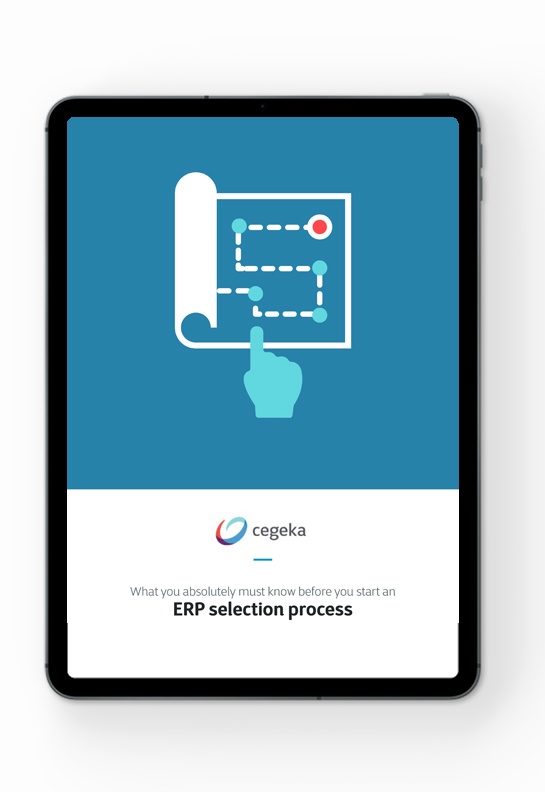Constant data streaming is the path to continuous improvement
Constant data streaming, updated every minute and in real time: this is what every wholesale business today dreams of having at their fingertips. Without getting a clear picture of the data, there is no stock optimization, no multi-channel strategy and no clear way forward. A constant data feed can provide insight, both internal and external and deep within the chain; it can help deliver superb service provision, recognize those employees who make a difference and provide a path to continuous improvement.
In a number of previous blogs, we have already discussed the vital role played by data in the modern wholesale industry. Data can help eliminate the apparent conflict between low inventory costs and optimal service and it can also facilitate additional services that give you that extra edge in acquiring and retaining customers.
Getting the most out of data calls for an IT platform that is both flexible and robust (like ERP, although that is too much of a narrow definition) and that enables you to capture and link data from various sources and systems, gain insights and observe patterns from it and convert these into the right actions and decisions. Dynamics 365 for Wholesale & Distribution is just such a platform. However, Dynamics 365 also goes further than that.
Digital feedback loops: the path to continuous improvement
Dynamics 365 for Wholesale & Distribution was inspired by a clear vision of how digital transformation should be: data has an undisputed leading role in everything that happens today. Businesses are constantly looking for ways to:
- serve their customers better/faster/to meet their specific requirements
- market their products or services more efficiently/cheaply
- recruit the best employees, keep them happy and retain them
It’s been like that for years; nothing new about that. What is new is current technology and the vital role it plays in tackling these three challenges in a radically different way.
Enter the concept of “digital feedback loops”. The central idea is that data is key, and these days, data is absolutely everywhere. Unfortunately, it comes in a myriad of different formats and just as wide a variety of systems, both in the ‘cloud’ and outside. Businesses are now eagerly collecting vast quantities of data about customers and leads (web analytics, email, social media, customer service, etc.), about how products and services are marketed and used (via IoT sensors integrated into the products, the ERP system, sales figures, etc.) and also about employees (via Office 365, Microsoft Teams, social media such as LinkedIn, etc.). In fact, there is almost too much data available.
This is the challenge: linking all that data and gaining insight from it (or finding patterns) with the aim of doing things better, then capturing that new data set and distilling more in-depth insights from it, so you can fine-tune and improve operations even further. We call this reciprocating movement of data “digital feedback loops”.
But for all the data to be linked and feedback loops to be established, the data must be uniformly presented across all systems. Customers and products need to match in all systems and therefore all must be consistently maintained. “Correct” feedback loops can only be set up with clean, matching data, so that continuous improvement can be implemented in the right way. The benefits of doing this for a wholesale business include the ability to forecast more accurately, maintaining an omni-channel approach, resolving the “minimum cost/maximum service” conundrum, and so on.
Microsoft Dynamics 365 for Wholesale & Distribution is sometimes described as “an ERP system and a CRM package in one”, but it is much more than that. Dynamics 365 is actually a platform for diverse business applications (or sub-applications) built upon a uniform data model, which – through the lens of an integrated application called PowerBI – enables users to set up and use those feedback loops.



